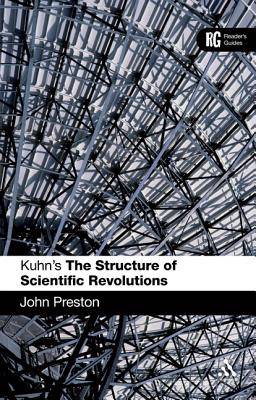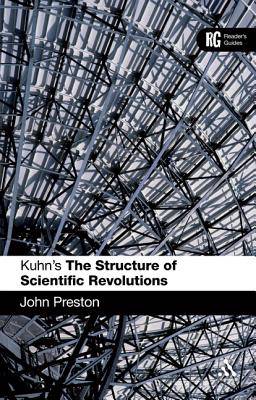
Bedankt voor het vertrouwen het afgelopen jaar! Om jou te bedanken bieden we GRATIS verzending (in België) aan op alles gedurende de hele maand januari.
- Afhalen na 1 uur in een winkel met voorraad
- In januari gratis thuislevering in België
- Ruim aanbod met 7 miljoen producten
Bedankt voor het vertrouwen het afgelopen jaar! Om jou te bedanken bieden we GRATIS verzending (in België) aan op alles gedurende de hele maand januari.
- Afhalen na 1 uur in een winkel met voorraad
- In januari gratis thuislevering in België
- Ruim aanbod met 7 miljoen producten
Zoeken
€ 228,95
+ 457 punten
Uitvoering
Omschrijving
Thomas Kuhn's The Structure of Scientific Revolutions is arguably one of the most influential books of the twentieth century and a key text in the philosophy and history of science. Kuhn transformed the philosophy and history of science in the twentieth century in an irrevocable way and still provides an important alternative to formalist approaches in the philosophy of science.
In Kuhn's 'The Structure of Scientific Revolutions': A Reader's Guide, John Preston offers a clear and thorough account of this key philosophical work. The book offers a detailed review of the key themes and a lucid commentary that will enable readers to rapidly navigate the text. The guide explores the complex and important ideas inherent in the text and provides a cogent survey of the reception and influence of Kuhn's work.
In Kuhn's 'The Structure of Scientific Revolutions': A Reader's Guide, John Preston offers a clear and thorough account of this key philosophical work. The book offers a detailed review of the key themes and a lucid commentary that will enable readers to rapidly navigate the text. The guide explores the complex and important ideas inherent in the text and provides a cogent survey of the reception and influence of Kuhn's work.
Specificaties
Betrokkenen
- Auteur(s):
- Uitgeverij:
Inhoud
- Aantal bladzijden:
- 136
- Taal:
- Engels
- Reeks:
Eigenschappen
- Productcode (EAN):
- 9780826493750
- Verschijningsdatum:
- 7/08/2008
- Uitvoering:
- Hardcover
- Formaat:
- Ongenaaid / garenloos gebonden
- Afmetingen:
- 142 mm x 216 mm
- Gewicht:
- 272 g

Alleen bij Standaard Boekhandel
+ 457 punten op je klantenkaart van Standaard Boekhandel
Beoordelingen
We publiceren alleen reviews die voldoen aan de voorwaarden voor reviews. Bekijk onze voorwaarden voor reviews.









